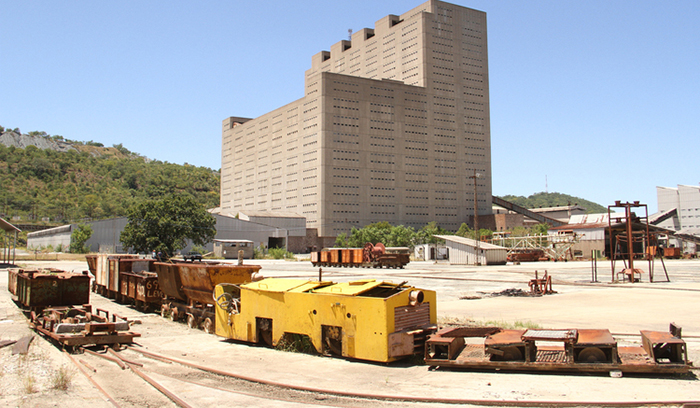Power generation to determine mining sector performance
ELECTRICITY generation capacity is expected to have a huge bearing on the performance of the mining sector this year, a critical driver of the economy as an efficient energy supply sector is in line with the Government’s intention to provide economic growth and stability, an economist has said.
Mining is a strategically key economic sector for Zimbabwe.
The Government has set a new US$40 billion by 2030 target for the mining sector as the industry recorded US$20,5 billion in exports over the past five years.
The growth of the sector has been largely spurred by an improved investment environment, which, according to the Ministry of Mining and Mining Development, contributes 50 percent of the foreign direct investments.
At least 45 000 jobs have been created in the sector over the past five years.
Apart from employing thousands, mining in Zimbabwe accounts for over 12 percent of gross domestic product.
Economic analyst and member of the Reserve Bank of Zimbabwe (RBZ) Monetary Policy Committee, Mr Persistence Gwanyanya said prospects of the mining sector remain key to the performance of the economy and stability in 2024 and beyond, as it contributes 85 percent of export revenue.
“The forecast of depressed commodity prices in the next two years means the possible drop in revenues will be counteracted by increased production. Thankfully, there have been increased investments in the sector in the last five years. More than US$1,5 billion was invested in mining, especially in platinum and lithium, in 2023 alone.
“However, performance in the sector will depend on the electricity situation,” he said.
Mr Gwanyanya noted that although power generation is still way below demand, initiatives by most mining companies to generate electricity mainly solar for their own consumption are comforting.
Zimplats, the country’s largest platinum producer, now directly imports up to 70 megawatts from Zambia, ensuring stable operations and potentially boosting production.
Last year, Zimplats signed a direct import power agreement with the Zambia Electricity Supply Company (ZESCO), resulting in improved power stability and availability, the mining giant said in August last year.
Said Mr Gwanyanya: “But as 600 megawatts (MW) from Hwange Units 7 and 8 begin to be consistently fed to the grid in the first quarter of 2024, total generation is expected to increase to around 1 150MW, as Kariba Power Station continues to generate around 350MW, while Hwange Units 1 to 6 generate around 200MW.”
Young Miners Foundation chief executive officer Mr Payne Kupfuwa yesterday told Business Chronicle that they are encouraging members to invest in renewable energy sources such as solar power.
“Last year, the gold production target of 40 tonnes was missed by the mining sector largely due to factors such as power supply challenges, so to counter and mitigate the power challenges as Young Miners Foundation (YMF), we are encouraging our members to consider investing in renewable energy sources like solar power, which can help reduce their reliance on the grid,” said Mr Kupfuwa.
“They might also consider using more energy-efficient equipment or finding ways to reduce their overall energy consumption. There are now very good solar-powered gold processing plants which are very affordable. As Young Miners, it is time to employ innovative ideas in order to curb the challenges we are facing to bolster efficiency gains in our mining projects.”
According to Mr Gwanyanya, the forecast of depressed commodity prices in the next two years means the possible drop in revenues will be counteracted by increased production.
In the second half of 2023, falling global metal prices took a heavy toll on the viability of local mining companies raising fears that it could force some of the entities to scale down operations in order to contain rising costs and maintain profitability.
The mining companies made an impassioned plea for the Government to intervene to limit the impact of the falling global mineral prices.
They proposed interventions such as a reduction of some of the taxes and cost of key enablers such as electricity.
According to the National Development Strategy 1 (NDS1), energy is a key enabler of the acceleration of the country’s modernisation and industrialisation agenda, as well as sustainable socioeconomic growth.
To address perennial power shortages in the country, the Government is undertaking several electricity generating projects, most of which are financed by extra-budgetary funds, loans and the private sector.
In line with NDS1, providing reliable and low-cost energy access is the Government’s top priority. Additionally, an efficient energy supply sector is in line with the Government’s intention to provide economic growth and stability.
The Government intends to increase Zimbabwe’s overall electricity supply from 2 317MW of installed capacity to 3 467MW by 2025.-chronicle










